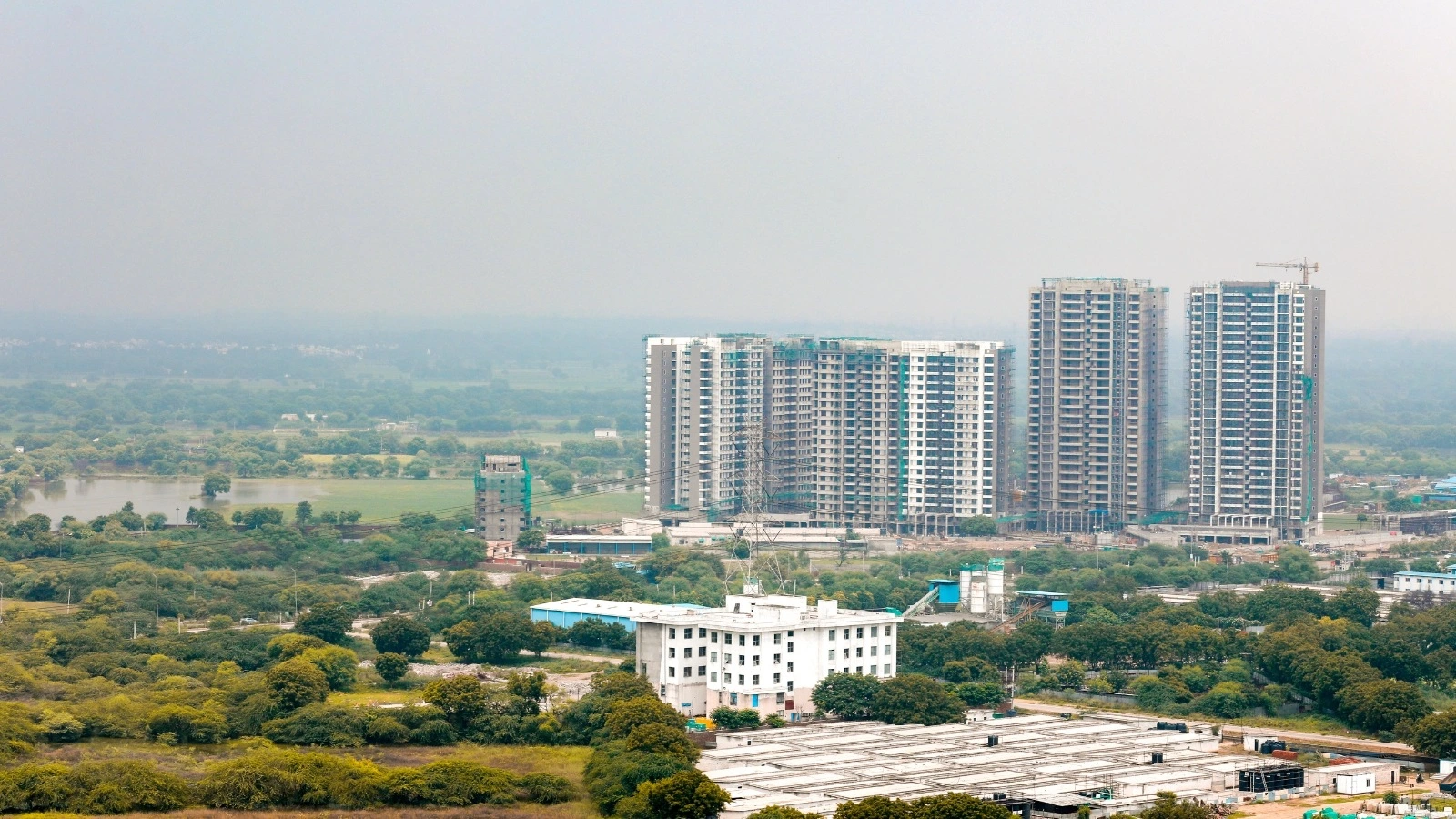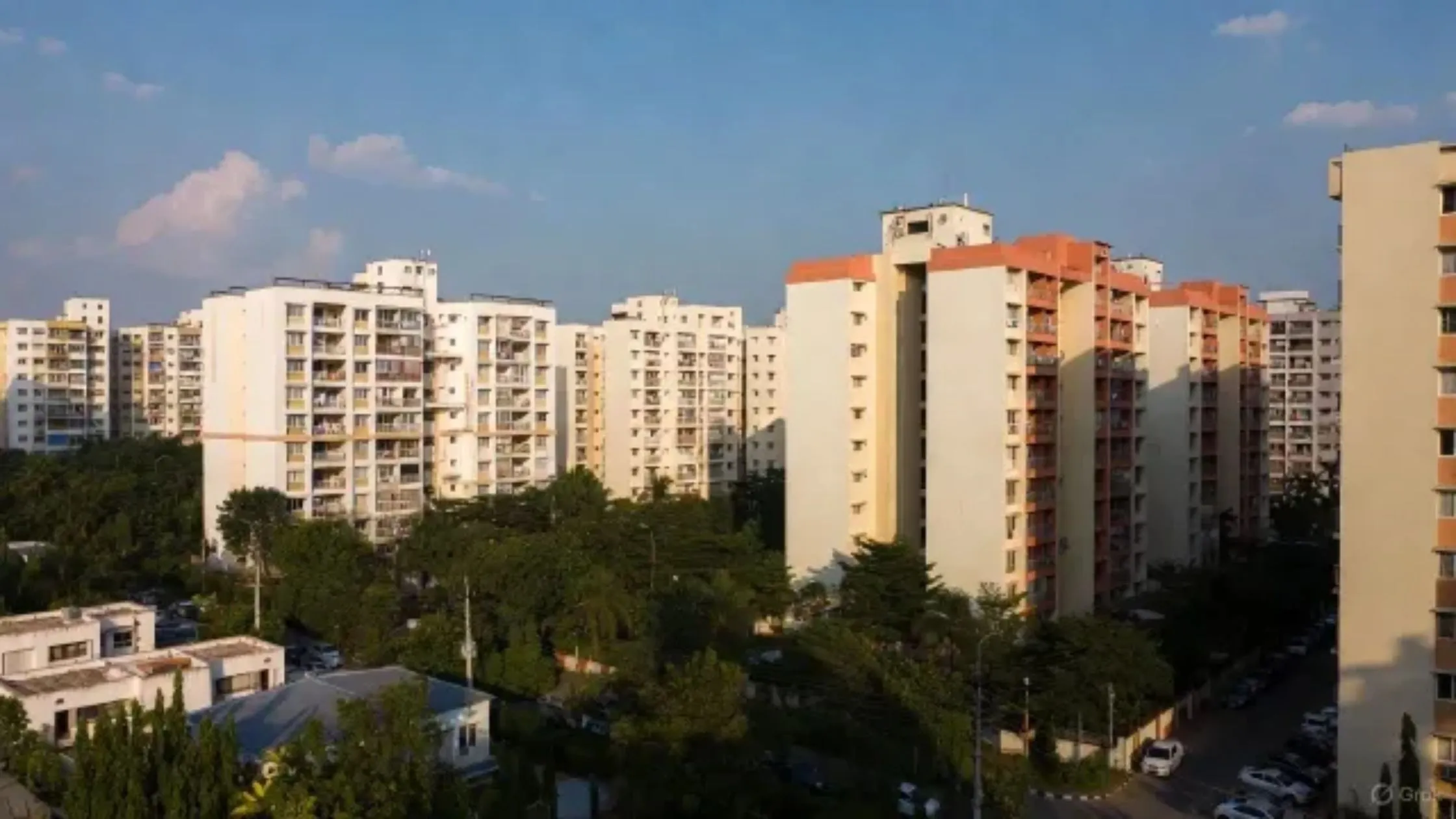Table of Content
The Indian real estate sector is exhibiting a significant uptrend, as property prices gained traction in most cities during the fourth quarter (Q4) of the financial year 2024-25. The National Housing Bank (NHB), in its latest report from the Residential Housing Price Index (RESIDEX), found that property prices increased in 48 out of the 50 cities studied. This represents significant growth, and continues the trend for an recovering and expanding housing sector in the country.
In this article, we look at some of the highlights of the NHB RESIDEX report, the drivers of growth in property prices, and some key take aways for home purchasers and investors.
NHB RESIDEX Q4 FY25: Key Insights
The NHB RESIDEX serves as a barometer for the performance of the housing market in India. Here are the primary takeaways from the report:
- Widespread Price Appreciation
The 50-city Housing Price Index (HPI), which is based on valuation prices collected from banks and housing finance companies, registered an annual increase of 7.5% during Q4 FY25. This marks a significant jump compared to the 5.1% growth recorded during Q4 FY24.
On a quarter-on-quarter (Q-o-Q) basis, the HPI expanded by 1.9% in the January-March 2025 period. This consistent quarterly growth has been observed since September 2021, indicating steady demand in the residential housing market.
Also Read: Top 10 Indian Cities with Green AQI for Health and Real Estate Opportunities
2. Performance of Key Cities
Several prominent cities witnessed remarkable growth in property prices during this quarter:
- Bengaluru: 13.1% increase, reflecting the city’s strong demand driven by its position as an IT hub.
- Kolkata: 9.6% rise, supported by infrastructure improvements and increased residential demand.
- Chennai: 9% growth, highlighting its robust housing market and rising popularity among homebuyers.
- Pune: 6.8% rise, fueled by its burgeoning IT sector and infrastructural advancements.
- Ahmedabad: 6.1% growth, attributed to increasing urbanization and industrial expansion.
- Mumbai: 5.9% rise, reflecting sustained demand in one of India’s most dynamic real estate markets.
- Hyderabad: 4.8% appreciation, driven by its status as a top destination for tech and business hubs.
- Delhi: 2.9% increase, showcasing steady growth in the nation’s capital.
3. Cities with Declining Prices
While most cities reported positive trends, Howrah and Thiruvananthapuram experienced a marginal decline in property prices, making them exceptions to the broader growth pattern.
Factors Driving Property Price Growth
The rise in property prices across 48 cities can be attributed to several key factors:
1. Economic Recovery and Urbanization
With the post-pandemic economic recovery gaining momentum, cities have witnessed increased housing demand. Urbanization has further amplified this demand, particularly in metropolitan and tier-2 cities where job opportunities and infrastructure development are flourishing.
2. Interest Rate Cuts
In February 2025, the Reserve Bank of India (RBI) reduced the repo rate by 25 basis points, marking the first rate cut in five years. This reduction led to a decrease in home loan interest rates, improving housing affordability and boosting residential sales.
3. Infrastructure Development
Significant investments in infrastructure, such as metro rail expansions, road connectivity projects, and urban development initiatives, have made several cities more attractive for residential investments.
4. Improved Consumer Sentiment
The perception of real estate as a stable and appreciating asset class has bolstered consumer confidence. Buyers and investors alike are capitalizing on favorable market conditions.
Quarter-on-Quarter Trends in Property Prices
The NHB RESIDEX was consistently showing Q-o-Q growth in property prices since September 2021 and the index increased by 1.9% in Q4 FY 25 reiterating the ongoing demand for residential properties. The increase in the index is consistent with the macroeconomic indicators that point towards a recovery in India's economy.
Implications for Homebuyers and Investors
1. For Homebuyers
- Rising Affordability Challenges: The consistent rise in property prices might make housing less affordable for some buyers, especially in high-growth cities like Bengaluru and Kolkata.
- Potential for Appreciation: Investing in properties now could yield significant long-term appreciation, particularly in cities with ongoing infrastructure development.
2. For Investors
- Lucrative Investment Opportunities: With double-digit price growth in cities like Bengaluru, Kolkata, and Chennai, the real estate market offers promising returns.
- Strategic Investments: Emerging cities with improving infrastructure and economic opportunities present excellent prospects for high returns.
Also Read: Top 9 Cleanest Cities in India and Their Real Estate Investment Opportunities
Conclusion
The data from NHB RESIDEX for Q4 FY25 indicate that the residential property market in India is strong, with price increases in 48 cities. The positive increase was sustained by clear factors within the last six months to a year, which include economic recovery (especially post-pandemic), new and reconstructive infrastructure which may create jobs and stability, and healthy monetary policies.
It is a good time now to be a home buyer and invest in residential properties, especially where cities continue to see growth at significant levels. Also, this is the time for investors who want serious opportunities to invest in a market that is in high demand and which can realize a decent rate of return.
Price rises are likely to continue as the economic environment and growth becomes clearer; hence, being updated with the whole array of property channels, as well as upcoming developments and lots of factors leading policy and monetary decisions is not only important but vital for informed judgments and decisions in such a dynamic property market.
Whether you are a first-time buyer or a serious investor, the current residential market in FY25 is full of alternative pathways worth checking out.
Follow AquireAcers Whatsapp Channel to Stay Updated With The Latest Real Estate News

_1748240370.webp)



_1765522271.webp)

Ans 1. The NHB RESIDEX is a Residential Housing Price Index published by the National Housing Bank, which tracks property price trends in major cities across India.
Ans 2. Property prices increased by 7.5% on an annual basis and 1.9% on a quarter-on-quarter basis during Q4 FY25.
Ans 3. Bengaluru: 13.1% Kolkata: 9.6% Chennai: 9% Pune: 6.8%
Ans 4. Yes, Howrah and Thiruvananthapuram experienced marginal declines in property prices.
Ans 5. The RBI’s repo rate cut reduces home loan interest rates, making it easier for buyers to afford properties, thereby boosting demand and driving property prices higher.
Ans 6. Yes, the current market conditions, including rising property values and infrastructure developments, make this a favorable time for both homebuyers and investors.
Ans 7. The main risk is rising property prices, which may affect affordability for some buyers. Additionally, high demand can lead to increased competition in the market.
Ans 8. Yes, Tier-2 cities with improving infrastructure and economic growth present excellent opportunities for real estate investments with high potential returns.
Ans 9. Improvements in road connectivity, metro rail projects, and urban development initiatives have made cities more accessible and attractive for residential investments, thereby increasing property prices.
Ans 10. Follow reports like the NHB RESIDEX, stay informed about local infrastructure projects, and track macroeconomic indicators affecting the real estate sector.